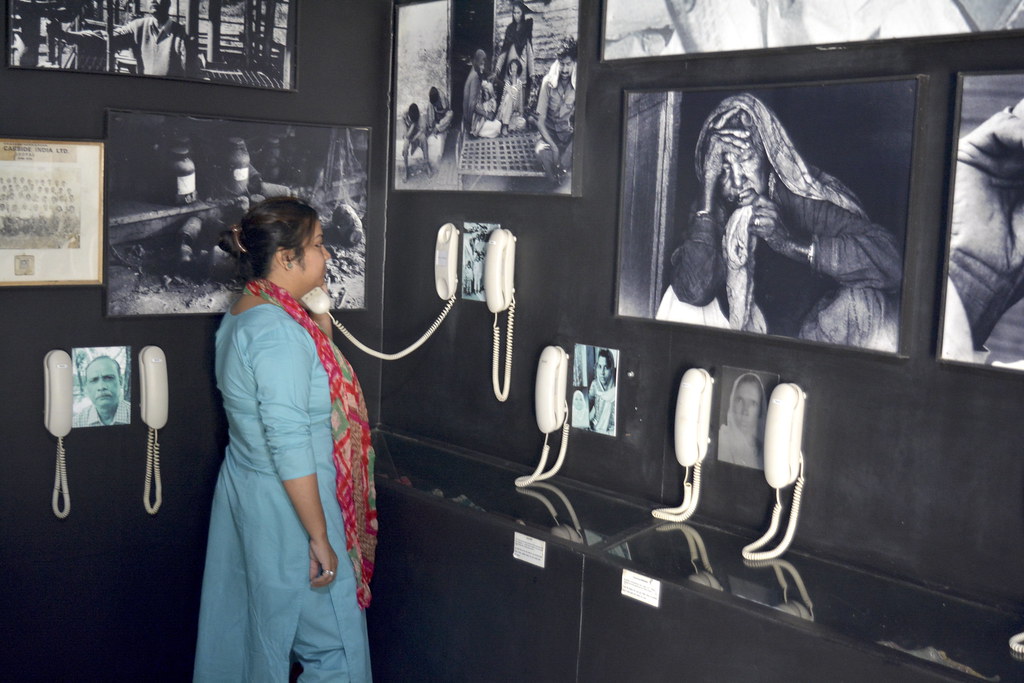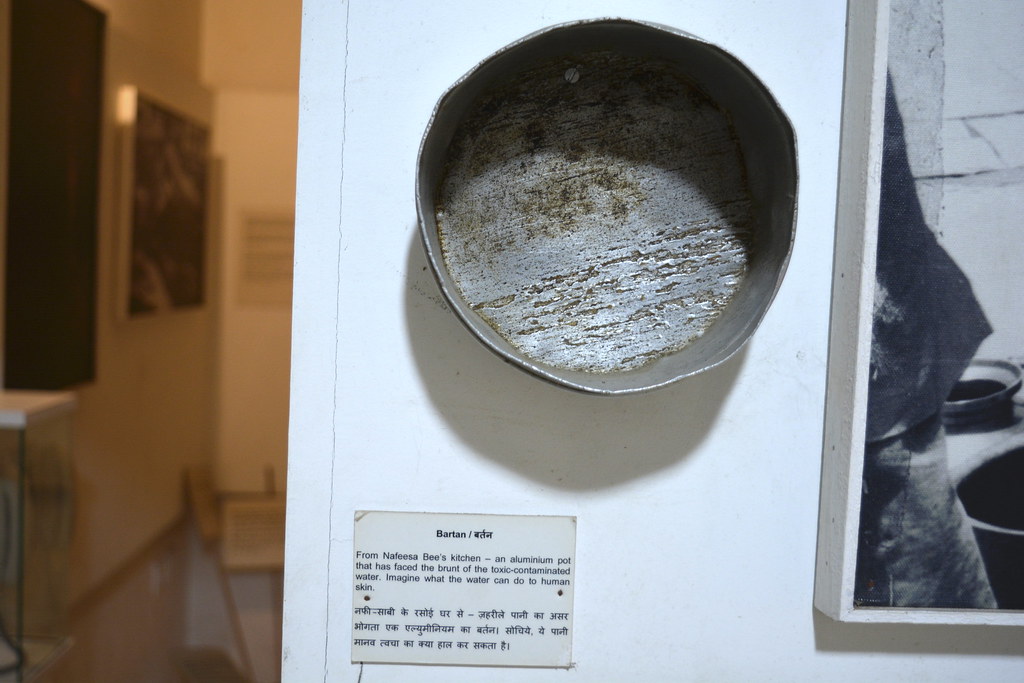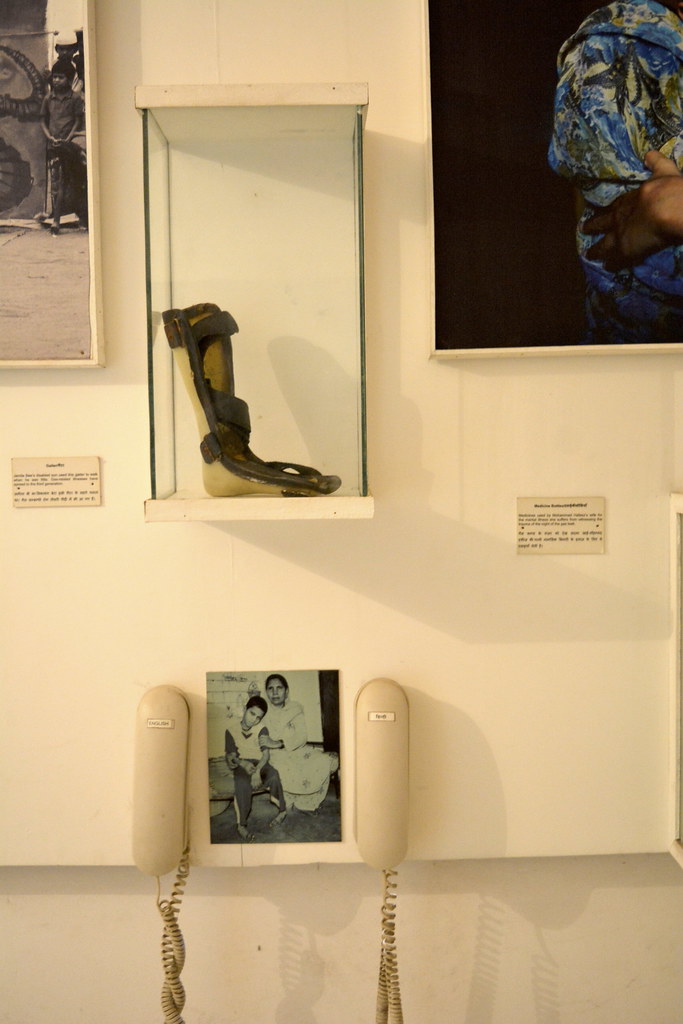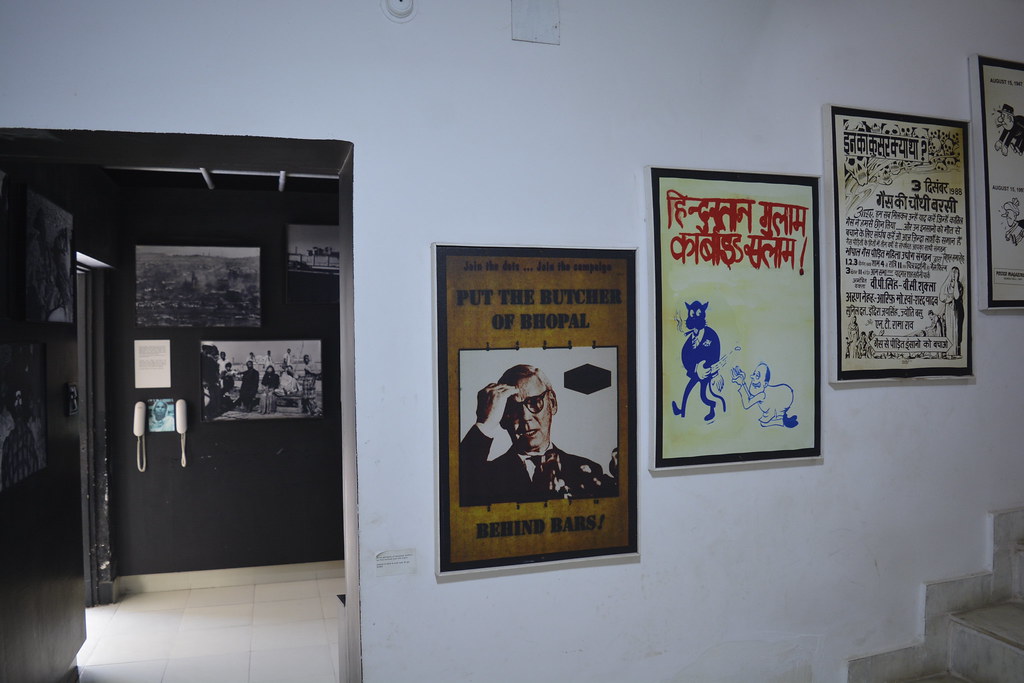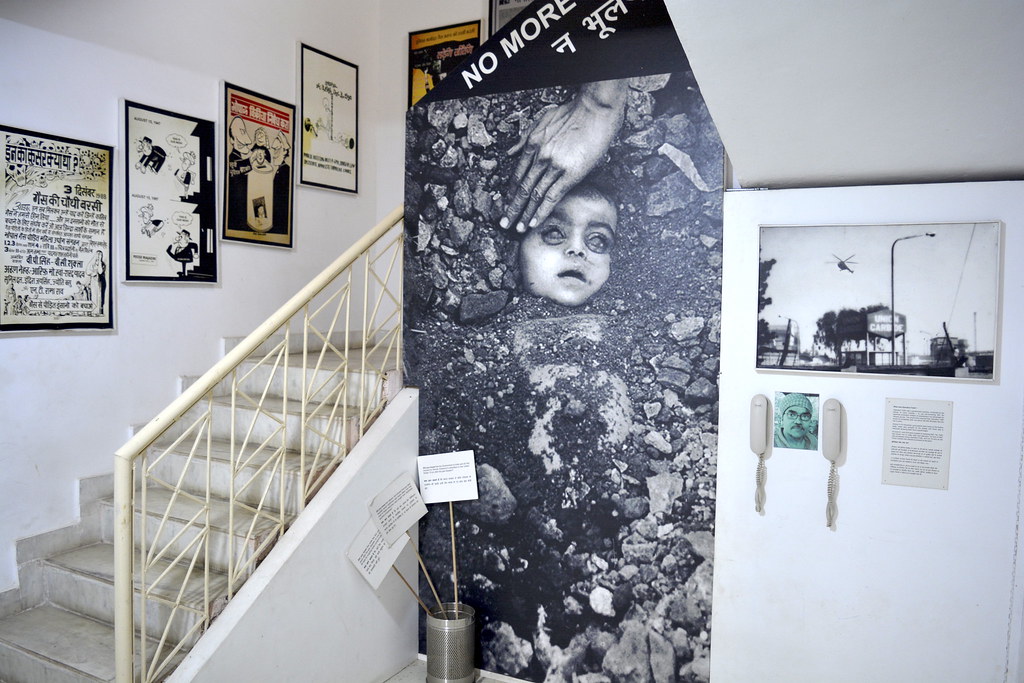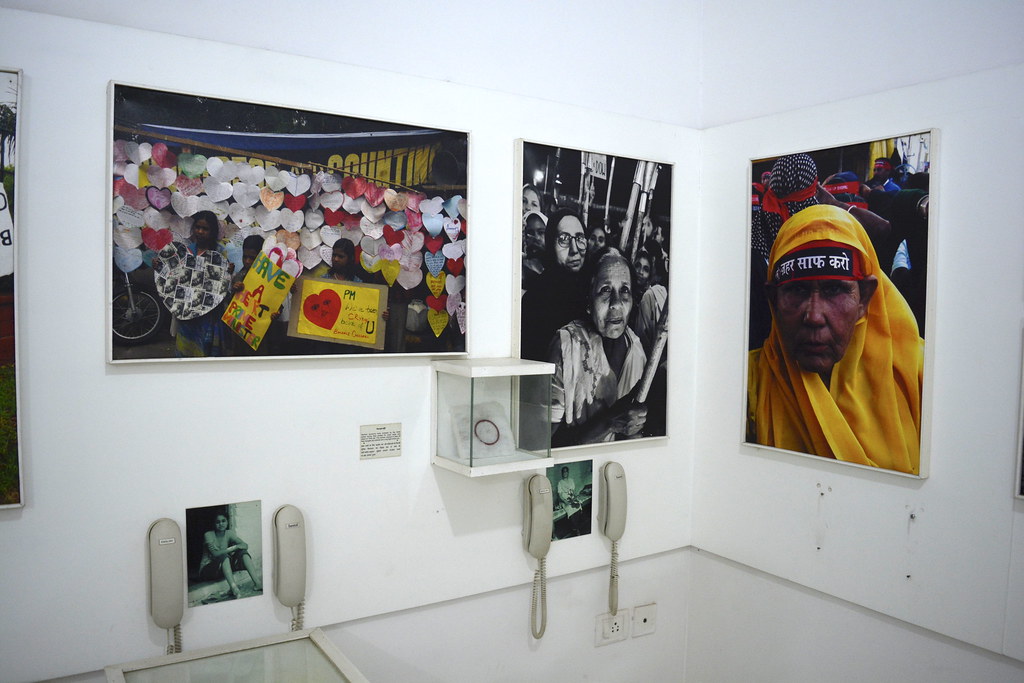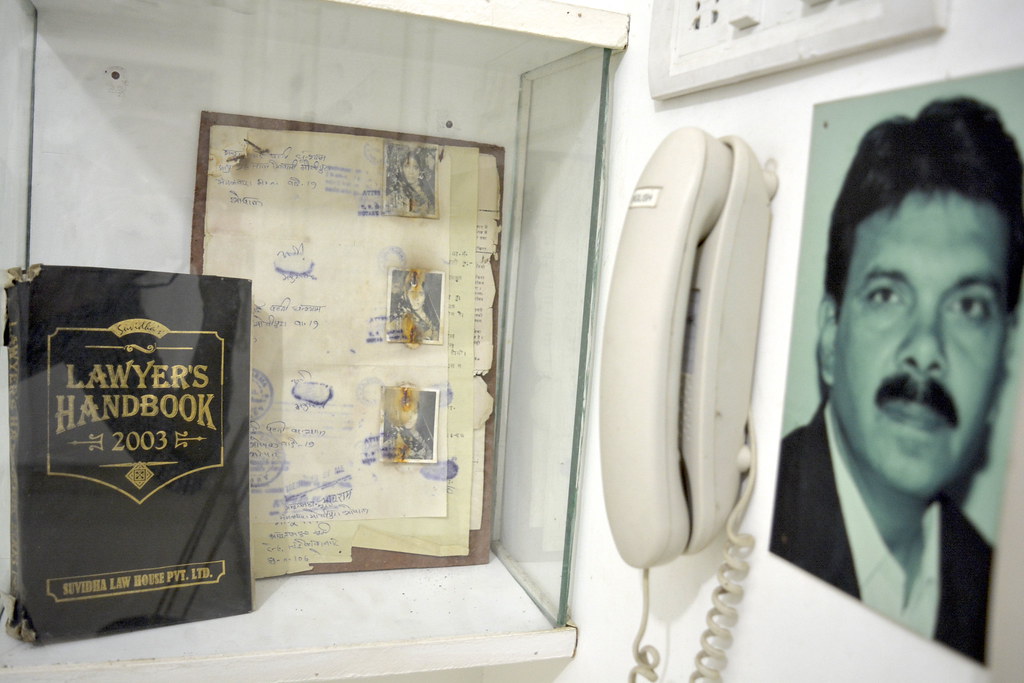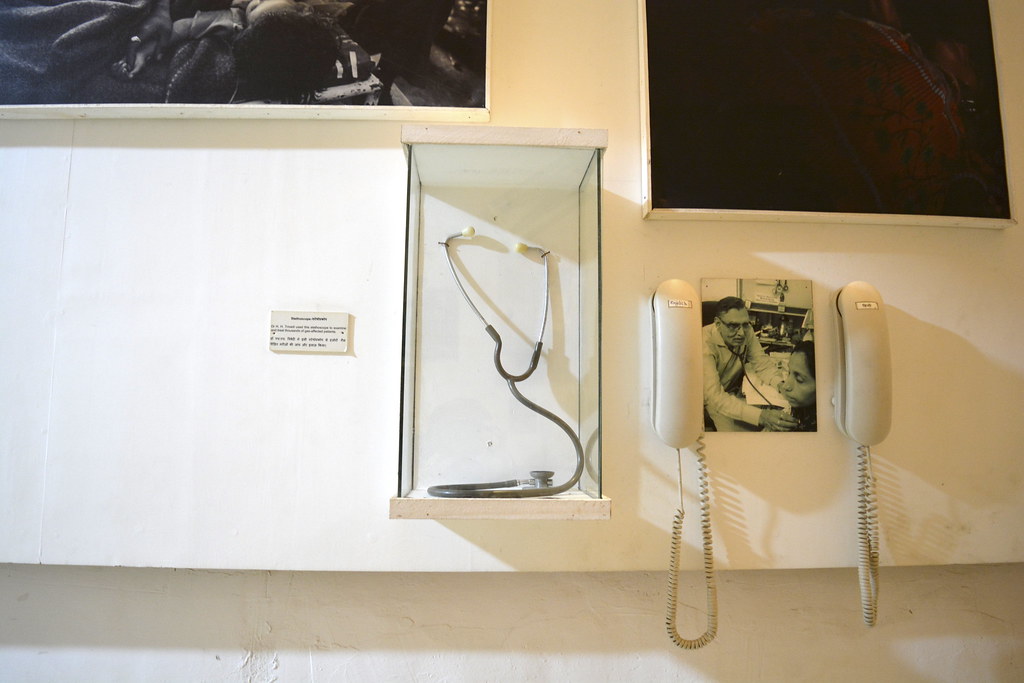 |
| The mock press conference in action. |
“You are misquoting us,” we threw back the most frequently used alibi against media persons and triggered laughter. Four of us journalists had switched roles with a group of scientists at a mock press conference on the campus of Trans Disciplinary University (TDU), Bengaluru.
The session, a part of the orientation workshop for TDU-Nature India media fellowship, was meant to dispel the misgivings between two groups on either side of science communication, and as senior journalist and fellowship coordinator S Gopikrishna Warrier said, to show ‘how the shoe fits’.
The day before, we had selected an already published study that said women can read emotions through eyes better than men. The plan was simple: Give them a taste of their own medicine. Throw a lot of jargon and let the scientists come up with a news story that will sell. As we took our seats in front of the gathering of around 60 science professionals, however, all that confidence petered out.
We started on a faux pas as Sahana, yet to shed her journalistic strength, tried to simplify research results for the audience. A quick intervention helped and we were soon using mobile screens to prattle terms like single nucleotide polymorphism and genomic inflation. There was high hope that the scientists, dealing with pure botanical science at TDU, would have little understanding of psychology. The gathering, to our dismay, was trans disciplinary in true sense. They rejected the study as a farce.
At one point, one of the senior scientists, asked us to demonstrate the validity of our research, “Tell me how am I feeling right now by looking into my eyes,” he challenged.
“A bit skeptical,” teased Amrita evoking mirth.
Despite all the camaraderie, however, our assumed scholarship was of no match to the inquisitiveness of the scientists who said they don’t trust the researchers and threatened not to publish anything.
Our handling of queries about conflict of interest, funding, and practical applications of the results incited more laughter than confidence. Mr Warrier came to our rescue when he asked students to put questions as well, saving us from the seniors. When they came up with headlines like, ‘Cognition is still a mystery’, our job was done.
By the end of the exercise, all of us had learnt new lessons in communication.
“We realised that it’s easier to ask questions,” said one of the scientists.
“It’s essential to simplify science for everyone to understand and make use of it,” said another.
As journalists, we realised the importance of asking the right questions to retrieve the useful information buried in exhaustive methodologies and tedious equations.
We went on to discuss the instances of scientists who are good communicators and journalists who can be trusted for authentic presentation of most technical subjects. Such interactions can ensure that scientists trust journalists and latter remain faithful to science.

